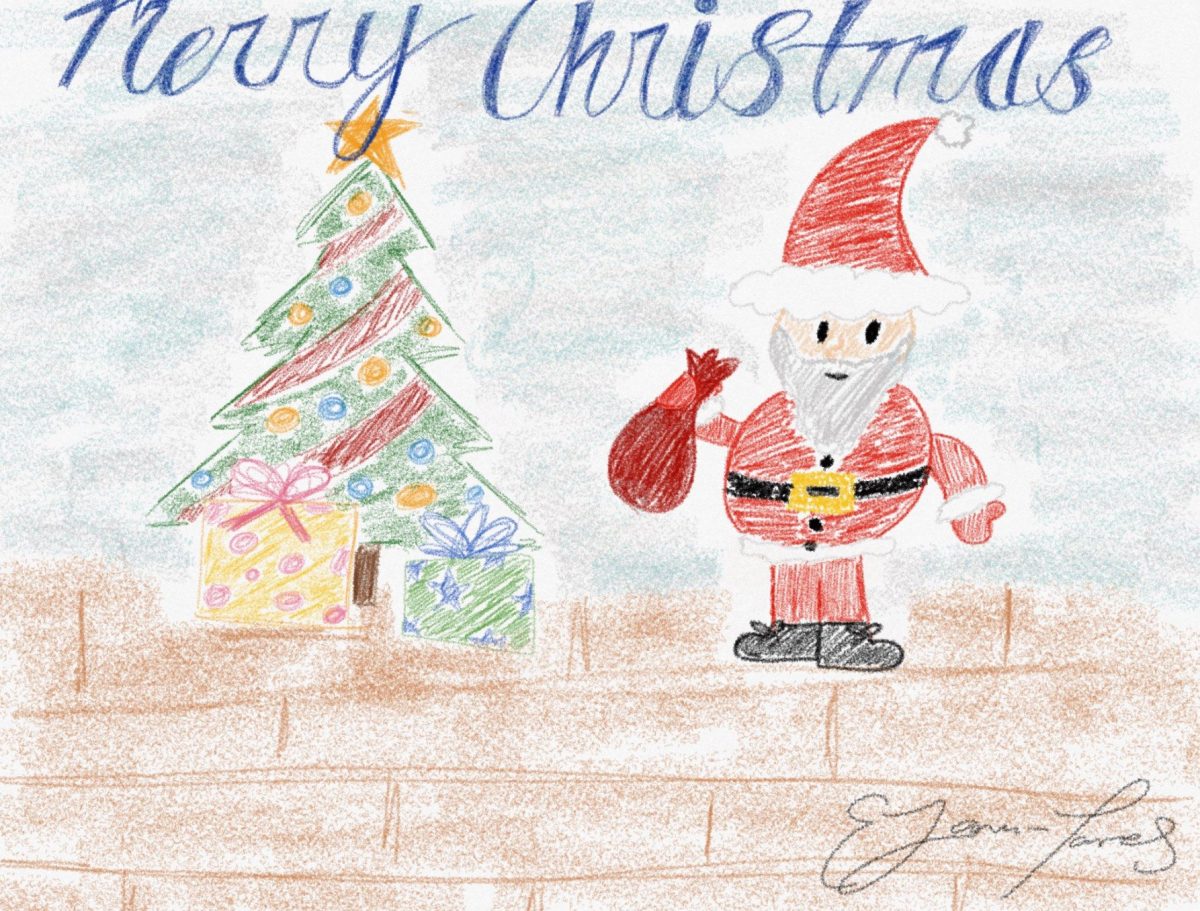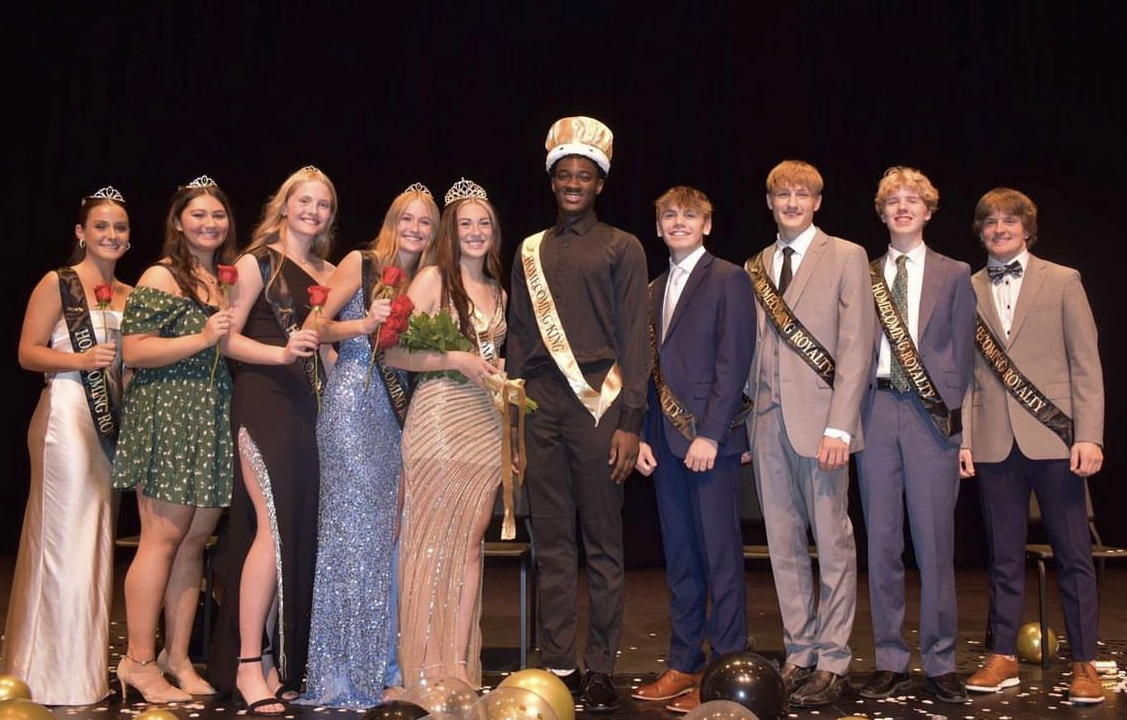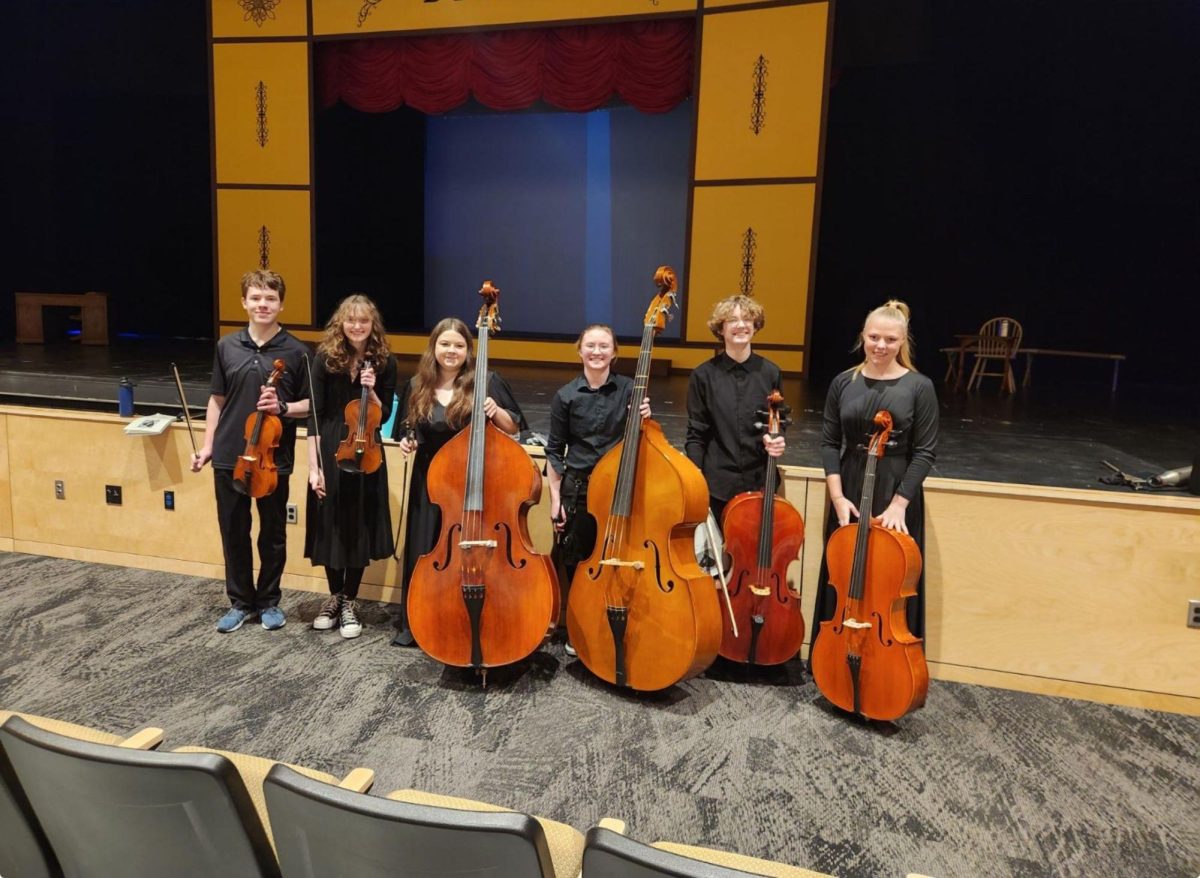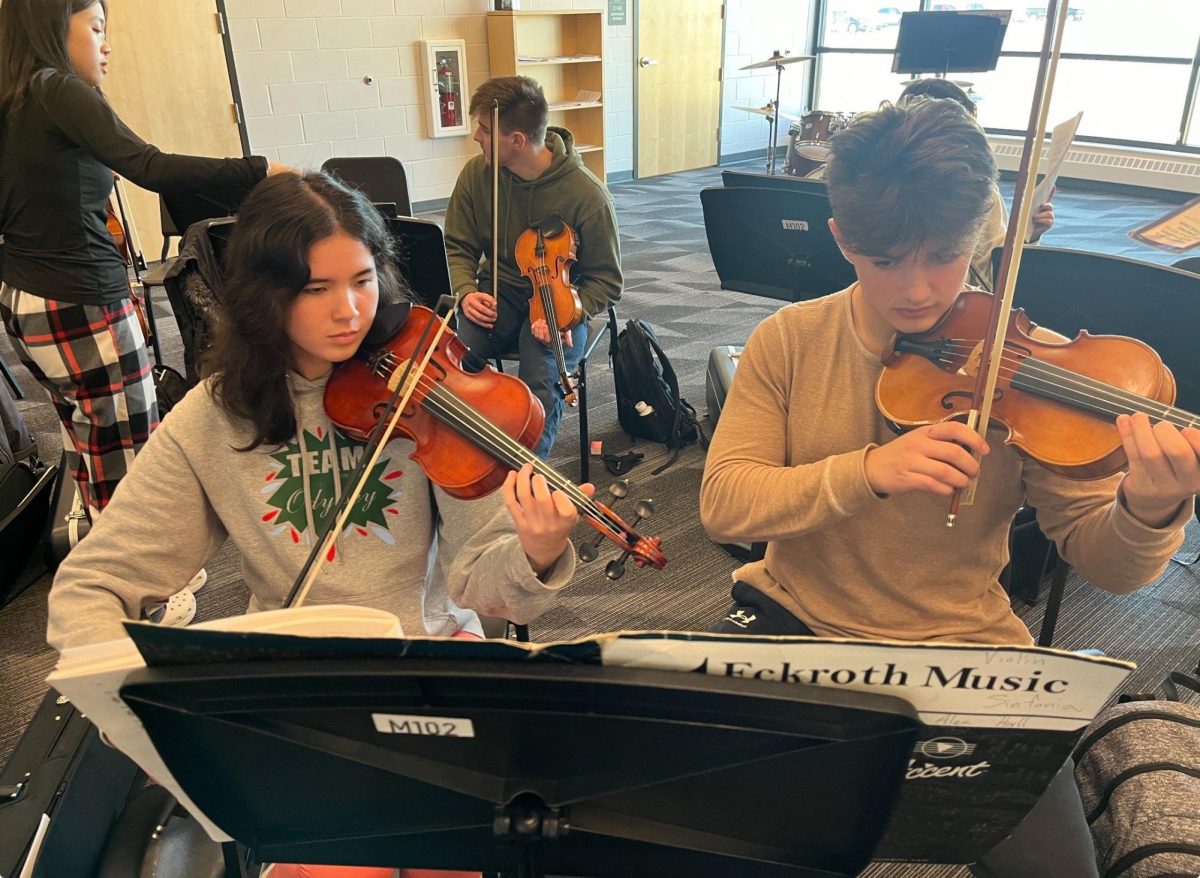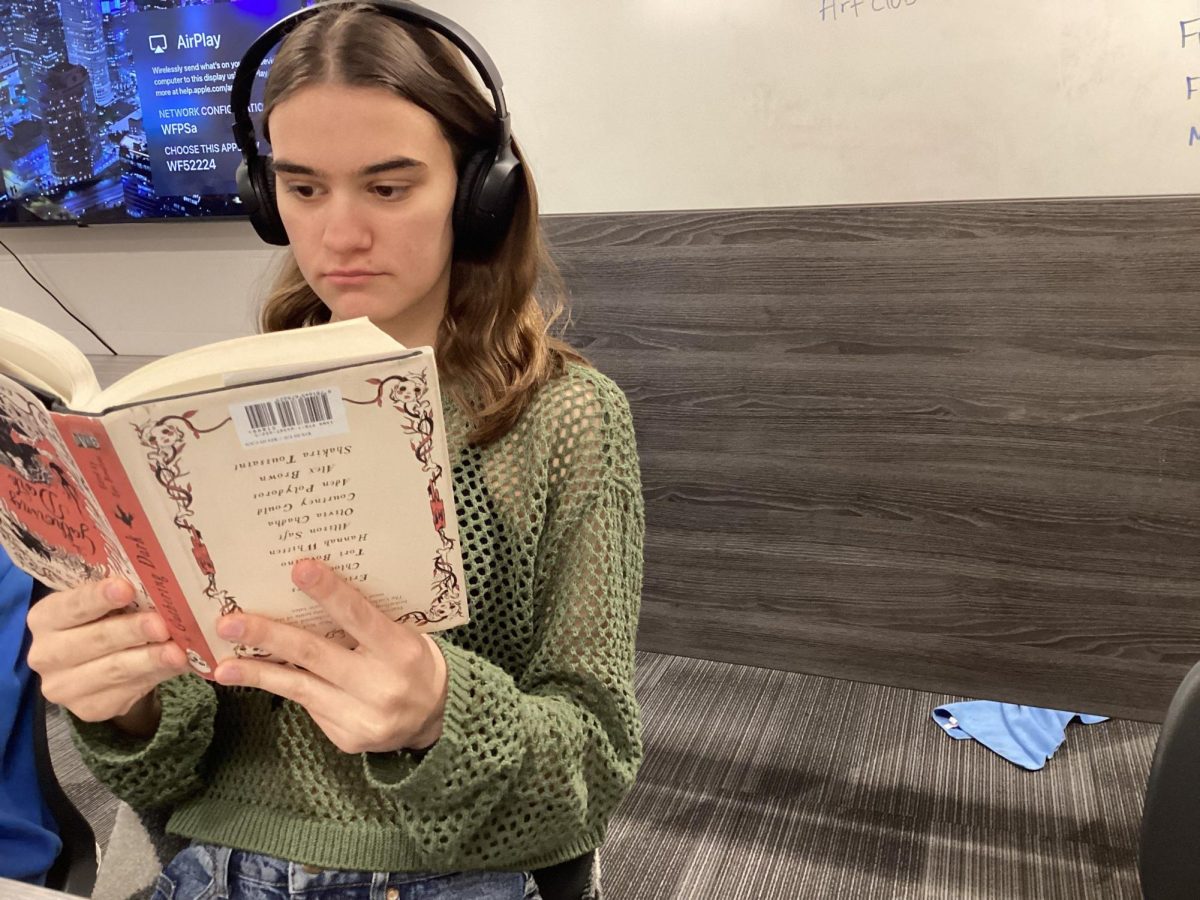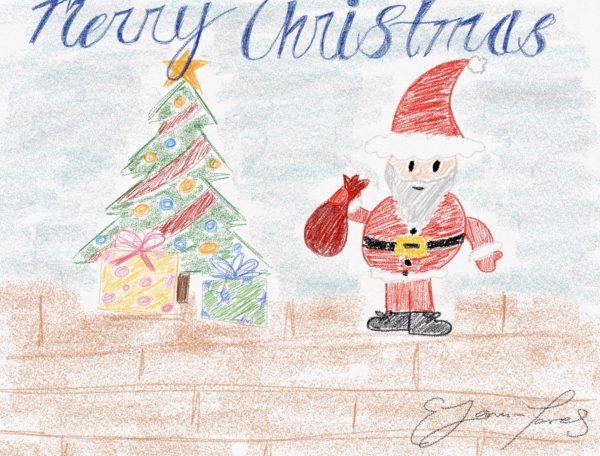Vintage Fashion: Top Trends from 100 Years Ago
November 16, 2021
Men’s fashion a 100 years ago
Back in 1921, men of all classes wore suits at pretty much all times. Even at work the suit stayed on at pretty much all times, changing only from dress pants to work trousers. Usually accompanied by some kind of tie and hat, along with dress shoes and pants if you were weren’t at work. While this might seem stiff this was much laxer than the previous Edwardian era of dress.
Suit styles: The old Edwardian era suits which were often bulky and oversized were replaced with looser more form fitting jazz suits. Jazz suits were much more flexible, allowing for a much better range of comfortable movement. They were much more comfortable than the suits of previous times, and were at the forefront of fashion trends.
Undershirts: While suit color remained overall fairly drab, men’s undershirts saw an explosion of variety within color and pattern. Stripes, plaids, and other patterns came in grays, blues, and even reds and pinks. These helped accent the still drab suits of the time and allowed for more self expression in a more uniform time.
Accessories: Neckties overtook bow ties as the norm, and they much like suits were worn nearly at all times. Another thing that was almost constantly worn were hats, with felt hats in the winter and straw hats in the summer. While the wealthy had a wide variety of choice, for poor people soft caps were the affordable and preferred choice
Overall, while much stiffer and less utilitarian than the fashion of today the fashion of 1921 is an interesting step in the evolution of clothing.
Women’s fashion 100 years ago
Women only wore dresses all day and all night many times wealthier women wore different types of dresses throughout the day. Women in poverty only had one one or two dresses many times one was nicer so they could wear it on Sunday.
Dress styles: Most dresses fell to about there mid calf many women paired there dress with a nice pair of shoes the next century later they had sleeves that were about ¾ this allowed women to be more cool in summer and be more revealing. These dress were paired with a more modest neck line but were considered more revealing 100 years ago.
Different dresses: A daytime dress came in one solid color or a lace pattern with more embroidery these dresses also had a trim around the collar and even pockets. The fabric of these dresses where silky or velvet and a wool cotton for summer. These were the best dressiest dress available they were worn to church, parties and dinner occasions. They were an extremely comfortable dress and they were more affordable to the poor to make and more expensive to buy.
Cotton dress: Theses types of dresses are very simple they had small patterns like polka dots and plaid they had long collars. Many women wore this dress with a sash band (Vintagedancer.com).
Accessories: Many women wore cloche hats with a cotton dresses theses hats were usually one color with a bow theses bows had many different styles. Lots of women wear Cocoon fur coats it winter mostly wealthy women wore cocoon fur coats.
Overall, many women had many dresses depending on there wealth and dresses helped your social status women and women wore hats and coats depending on the weather women also wore many necklaces and scarves.


